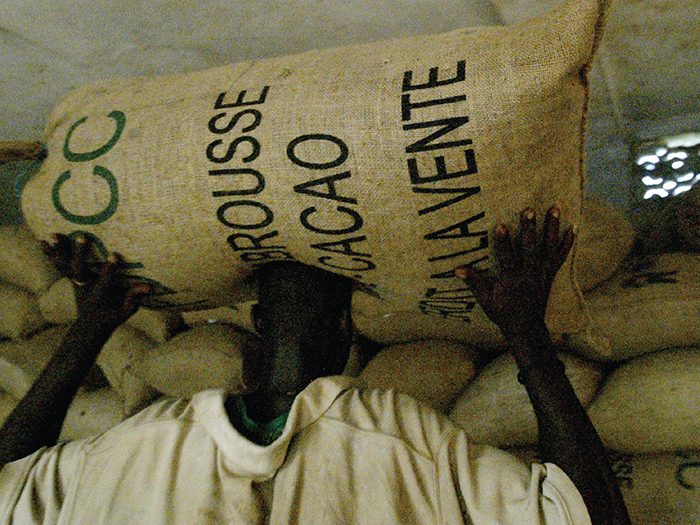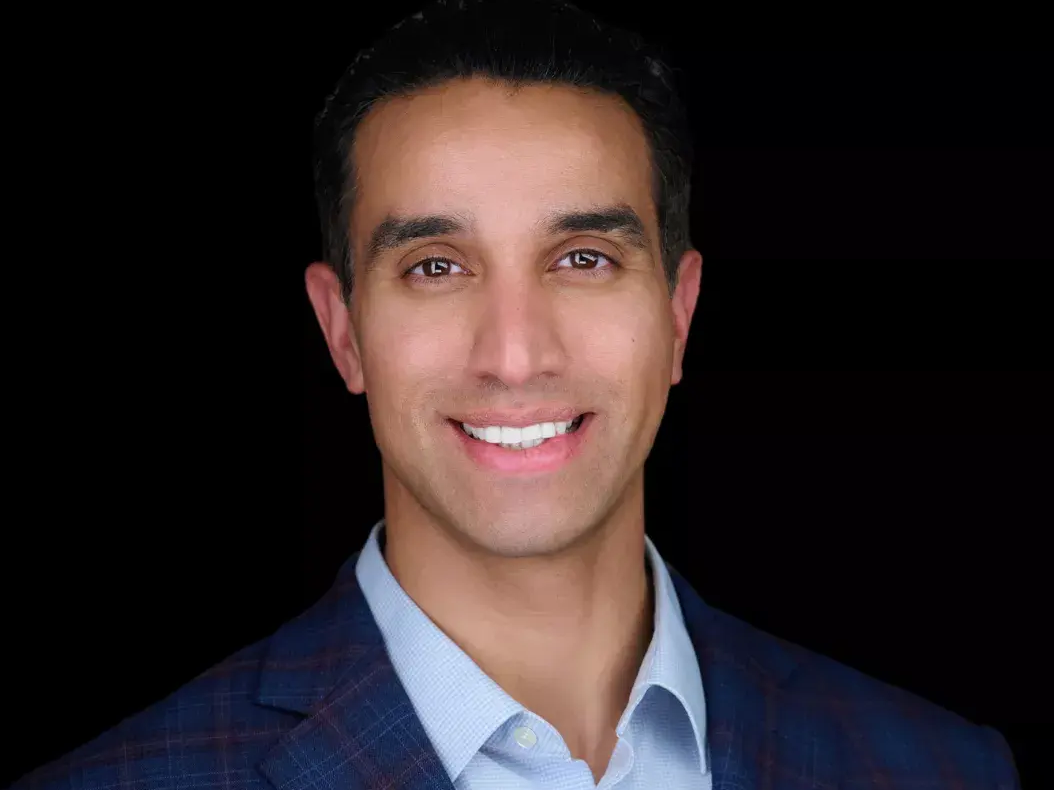Risk Management
Stopping Supply Chain Slavery

Modern day slavery is alive and well.
And with large food companies such as Nestle, Archer Daniels Midland Co. and Cargill under legal fire for selling products that were allegedly made in part by slave labor (often unpaid child labor), it’s critical that all companies know the score throughout their ever-expanding global supply chains.
In the latest example of the U.S. government attempting to stop — or at least greatly reduce — modern slavery, U.S. Customs and Border Protection seized low-calorie sweetener stevia imported from China by PureCircle Ltd. The plant extract is used to sweeten Coca-Cola Life, Pepsi True and other soft drinks. The U.S. alleged that PureCircle sourced the Stevia rebaudiana plant (from which the sweetener is extracted) from a company accused of using forced labor, Reuters reported in early June.
It’s the third time the U.S. has cracked down using a new law that bans imports of products made by forced labor. The importer had three months to prove its innocence, according to Reuters.
There is growing pressure on risk managers to have a much more focused approach to supply chain management, said Andrew Boutros, a former U.S. attorney and partner in the Chicago office of Seyfarth Shaw.
“It really comes down to compliance professionals making judgment calls,” he said. “Compliance often is viewed as a cost center, so companies spend their dollars on the highest litigation risks. But as these new statutes become more enforced, there will be more attention paid to them.”
“It’s very hard to verify with confidence that [a product component] … made its way to the U.S. without slavery, corruption, bribery, falsification, etc.,” – Andrew Boutros, partner, Seyfarth Shaw
Boutros said determining if there is a slave labor component in the supply chain is more often than not an incredibly complex endeavor.
“Imagine being able to know with a high degree of confidence if the beans in your coffee were collected using forced labor,” he said. “And that’s just coffee. What about parts in computers or tech gadgets? Or minerals and certain metals? Or the fishing industry?
“It’s very hard to verify with confidence that it made its way to the U.S. without slavery, corruption, bribery, falsification, etc.,” he said.
The scope of modern day slavery is devastating.
According to the Walk Free Foundation’s Global Slavery Index 2016, there are about 45.8 million people working as slaves globally, with 58 percent in India, China, Pakistan, Bangladesh and Uzbekistan. That number includes sex trafficking, which would not be part of supply chain data.
For example, as of 2014, the United Nations estimated 21 million slave labor victims worldwide. Also, a 2014 report from the UN’s International Labor Organization (ILO) estimates that $150 billion in illegal profits are made in the private economy each year through modern slavery.
Modern slavery and forced labor is not as openly or frequently mitigated as other regulatory supply chain risks — such as foreign corrupt practices or conflict minerals, according to Kris Hutton, head of product management at ACL, a Vancouver, B.C.-based global compliance and audit software firm and consultancy.
“Slavery is a much more diverse, complex issue to govern, monitor, detect and regulate.” — Kris Hutton, head of product management, ACL
And that’s a primary reason why major Western nations like the U.S. and the United Kingdom only recently enacted anti-slavery legislation (2015 in the U.S.), unlike the Foreign Corrupt Practices Act (FCPA) enacted in 1977.
“Based on maturity of legislation alone, jurisdictional regulators, such as the Department of Justice in the U.S., are far more likely to issue punitive fines against abuses of FCPA and Dodd Frank than those of anti-slavery regulations,” Hutton said.
This focus will change in the future, due to pressure from external social forces — such as consumer protests.
Modern slavery is also much more difficult to detect compared to other crimes, he said.
Corruption involving an electronic trail of payment or expense, for example, can be monitored by the organization and the regulator. Modern slavery, however, has to do with the conditions surrounding the workforce, which often rely more on qualitative evidence such as interviews and observation than documentation.
“Slavery is a much more diverse, complex issue to govern, monitor, detect and regulate,” Hutton said.
Finally, modern slavery carries a more serious social stigma compared to either corruption or conflict minerals. Many companies look the other way to avoid having to act on the knowledge.
Hutton expects this will start to change with more social awareness and increased regulatory enforcement; one thing that will drive organizational behavior is a combination of monetary and reputational damage that influences consumers and investors.
“Companies are responsible not only for their own integrity and ethics, but also for acts of their third-party suppliers,” said Scott Lane, CEO at The Red Flag Group, an independent corporate governance and compliance firm in Tempe, Ariz.
“A company that uses suppliers engaged in actions such as forced migrant or child labor, or human trafficking, could sustain significant fines and reputational damage,” he said.
Lane cited the example of Nestlé, which revealed late last year that poor workers from developing countries such as Thailand, Myanmar and Cambodia often ended up trapped in illegal and brutal working conditions as part of the company’s supply chain.
“A company that uses suppliers engaged in actions such as forced migrant or child labor, or human trafficking, could sustain significant fines and reputational damage.” — Scott Lane, CEO, The Red Flag Group
He added that modern laws place an obligation on companies to assess whether or not it is happening, or could happen, in their supply chain. And if the answer is yes, is it being taken care of?
Finally, they need to report how they are doing in that process.
“These laws are creating an obligation on companies to do these things,” Lane said. “It’s less about the risk of fines and litigation and more about the reputational damage to the extent you don’t do anything once you find it.”
“It’s safe to say there is not a single company in the world within the Fortune 1000 that knowingly wants to violate these laws,” says Jeff Hunter, a partner in PricewaterhouseCoopers’ U.S. risk assurance services practice.
“With the expansiveness of today’s supply chain, there are much deeper ways to monitor and surveil third-party suppliers,” he said. “In the past, there was word of mouth, trust and the transparency of how they did business before. But that is changing, and the lead companies will have to look deeper into their supply chains.”
Some proactive steps
There are three critical areas that need to be addressed within organizations looking to reduce supply chain risks connected with slave labor, ACL’s Hutton said.
First, organizational leadership and the board need to make it part of their corporate mandate and be committed to educating, training and building awareness.
“One concrete way this is done is by including anti-slavery culture into the Code of Conduct — create policy and training for procurement professionals and enforce it,” he said.
Next is including prevention and detection controls in the supply chain vetting process, not just internally using vendor pre-approval, but by extending the obligations and awareness of the anti-slavery mandate to all vendors.
“Insist on supply chain traceability,” he said. “Make the key indicators of slavery highly visible — age and mobility of the workforce, fair wages (absent of fees or indentures) and working hours, and humane treatment to name a few.”
Point-scoring systems can be created where certain criteria would raise a red flag — such as vendors located in known conflict regions.
Finally, invest in auditing, monitoring and/or investigative measures — hold procurement and risk professionals accountable internally and hold vendors equally accountable.
Provide a whistleblower hotline so grievances can be reported.
As for data, Hutton said, the best angle is to create preventive controls that use a scoring model to indicate a higher risk for slavery. For instance, when a procurement professional wants to buy from a new vendor, the vendor has to be approved.
“If it is in a region that is in an emerging market or is a conflict region, the score should reflect that higher risk,” he said.
It’s still too early to tell if the new laws will have a positive impact on reducing the world’s slave labor market, Hutton said.
On the one hand, there is much more social awareness and pressure for ethically and socially responsible corporate behavior.
On the other, the global supply chain is complex and it’s not an easy problem to solve by just running a data analytic monitoring program.
“It’s going to take time and it’s going to take pressure from regulators with punitive enforcement around the globe,” he said. “From that perspective, it’s early in the transformation to socially responsible outsourcing and procurement.”
According to Seyfarth Shaw’s Boutros, risk managers should always look for one key indicator when it comes to supply chain purchasing.
“If the price is too good to be true, there probably is a reason for it,” he said. “It’s not necessarily always a red flag, but it certainly needs to be investigated.” &













